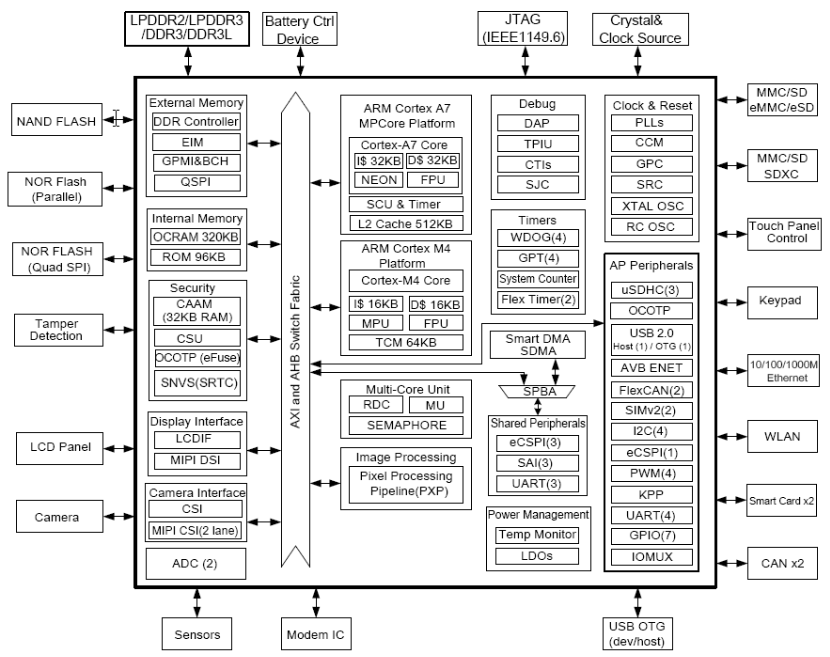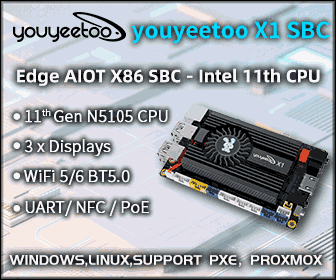Vocore2 Lite is a $4 Linux MIPS WiFi Module based on Mediatek MT7688AN SoC (Crowdfunding)
I’ve already written about Vocore v2 Crowdfunding campaign, where the second generation Vocore WiFi module supports audio, PoE, and ultimate dock, and price starting at $12. But there has been some development since the launch of the campaign, as the developer received request for a cheaper board, and after looking into it, has now added Vocore2 Lite WiFi module reward for only $4, or $7 once shipping included. He obviously had to make some trade-offs to bring the cost down, but the Lite board impressively still keep many of the same features. VoCore (2014) VoCore2 Lite (2016) VoCore2 (2016) Price 19.99 USD 3.99 USD 11.99 USD CPU RT5350, 360MHz MT7688AN MIPS24KEc @ 580MHz MT7628AN, 580MHz Memory 32MB SDRAM 64MB DDR2 128MB DDR2 Storage 16MB NOR 8MB NOR 16MB NOR Antenna Slot x1 x1 x2 On-Board ANTENNA √ × √ Wireless Speed ~75Mbps ~150Mbps ~300Mbps Ethernet Port x5 x1 / x5 […]






